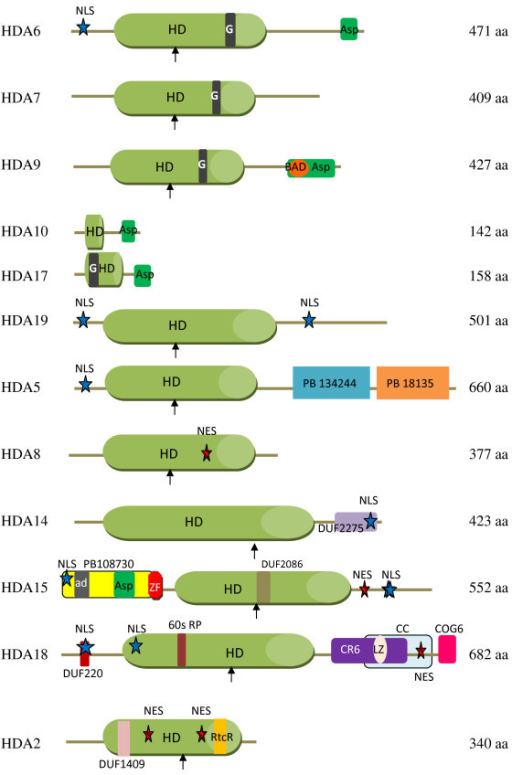

However, a method that uses a direct quantitative measure of the physicochemical properties of the amino acids would seem a more rational approach. Basing the analysis on common patterns and profiles may implicitly take into account that the structure and function of proteins are determined by the physicochemical properties of their sequence constituents. Existing methods rely mainly on alignment- and similarity-based comparisons.

There is a strong need for efficient and reliable methods for the analysis of protein sequence data. The functional and structural annotation of proteins is an important task in proteomics (O'Donovan et al. It was then revealed that all amino acids in the unaligned sequences contributed to the classifications, albeit to varying extent the most important amino acids being those that could also be determined to be conserved by using traditional alignment-based methods.

The alignment-independent method could be used to assess the importance of the principal chemical properties of every single amino acid in the protein sequences for their contributions in explaining GPCR family membership. Moreover, 90 orphan GPCRs out of 165 were tentatively identified to GPCR ligand binding class. Of the latter, only 14 sequences, confined in rapidly expanding GPCR classes, were mispredicted. The model was further validated by external prediction of 535 novel GPCRs not included in the training set. The application of partial least squares projection to latent structures created a highly valid model (cross-validated correlation coefficient, Q 2 = 0.895) that gave unambiguous classification of the GPCRs in the training set according to their ligand binding class. The application of principal component analysis to a data set of 929 class A GPCRs showed a clear separation of the major classes of GPCRs. The method relies on a multivariate approach where the primary amino acid sequences are translated into vectors based on the principal physicochemical properties of the amino acids and transformation of the data into a uniform matrix by applying a modified autocross-covariance transform. We have developed an alignment-independent method for classification of G-protein coupled receptors (GPCRs) according to the principal chemical properties of their amino acid sequences.


 0 kommentar(er)
0 kommentar(er)
